
Mutalibjan is nervous about taking us out to lunch. Damira and I are wondering what is wrong. We have already stopped at two Chaihanas (teahouses) which Mutalibjan has insisted on checking out himself. Returning to the car, Mutalibjan says that they are too dirty for us, but we sense that there is another problem. We decide to get on the road to the next village and look for something on the way. In a green patch of trees, a Chaihana is spread out in the cool shade overlooking a canal, we pull over and get out. Finally! some kebabs and bread! We wash our hands, take off our sandals and sit down on the raised platforms arranged around the arch of the courtyard. Sitting down cross-legged, we notice that subtle bang of silence: our entrance has broken the conversations of neighboring tables and all eyes have turned to us - Mutalibjan and his two young women guests. We look around, shyly returning some of the stares – all the eight or so tables are filled with men, young and old, their eyes on us, inquisitive. We have broken onto the stage of a man’s world, punctured their peace. Mutalibjan instantly feels uncomfortable, and we are soon back on the search. I’m dying for a sip of tea. argh! Where shall we eat, when no women in these small villages eat outside of their homes? The public space is masculine, and Damira and I wear colorful skirts – long but clearly feminine.
On the road we pass fields of cotton and wheat, lodged in between the sprawling towns and villages. The valley seems to be forever reproducing, people and their progeny. The earth here is worked and mastered by man, its fringes densely populated – a far cry from the solitary expanse of Kyrgyzstan. We pass a closed-down cotton textile factory. None of the farmers sell the factory their cotton anymore. They get better prices on the international markets. Mutalibjan tells us that the local wheat is used to make alcohol, while more wheat, for flour and bread is imported from Kazakhstan.
Arriving in Shakhrihan, hunger emboldens us and we slip into the back of an almost empty Chaihana and finally bite into kebabs in the retreat of the garden tea-drinkers. We joke about our circuitous approach to lunch. After lunch, I smoke a cigarette, although I know women here don’t smoke. Mutalibjan laughs and joins me. After lunch we head to Echon Aka’s house in the center of Shakhrihan.
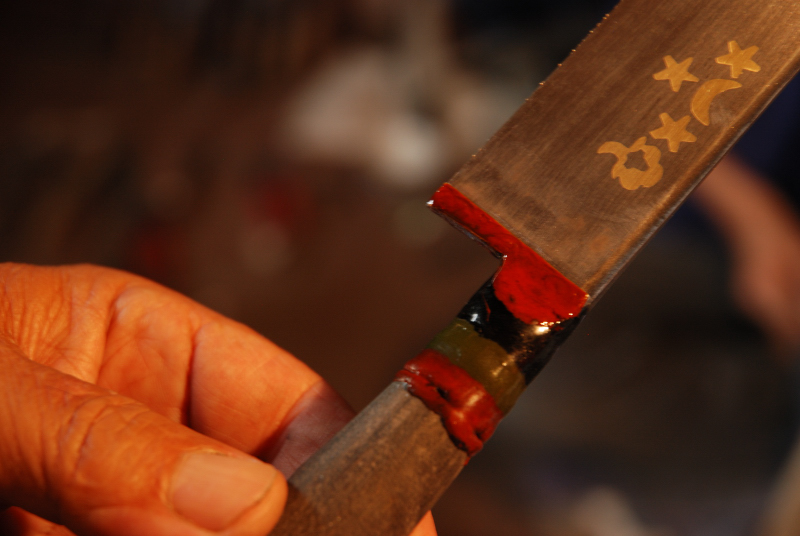
Father Echon
Rahmathudja Alihodjaev, known as Echon Aka is the kind of man that carries the world: he exudes life, laughter, discipline, honor, craft. He’s the best knife-maker that I will meet throughout Central Asia, a humble king of knives.
Echon Aka has a golden smile, filled with golden teeth as it is. He talks to us about generations and dynasties, about legacies passed from father to son, about movement and becoming part of a local landscape. His family – the Alihodjaevs have been part of the thick tapestry of the town for 200 years. The family story starts with a king, the Emir of Khokand, Omar Han and his decision to construct a canal from the Uzgen Reservoir (in today’s Kyrgyzstan) to Andigan and its suburbs. Where there is water, there is life. And when the waters arrived flowing through Shakhrihan (where the canal ended) the 2,000 year old city saw instant revival. Craftsmen flocked to the city, and in 1819 there were more than 30 craftsmen here.
Echon Aka says, “In our culture we have a saying that is like a law. If there are more than 30 craftsmen in one area, that place is considered a city.” So in 1819, Shakhrihan, which today is a dusty haphazard agglomeration of run-down houses, became a proud, growing city. And so it was that as the village was growing into a finer town, the first of Echon Aka’s ancestors came looking to make his fortune in the land. Born in 1730, Ismael Khoja who stemmed from Marghilan’s religious elite came to settle down and help in the renaissance of the town. He set up shop on the edge of the canal, and started shaping the knives and scissors that his fellow-citizens demanded. Ismael Khoja’s great-great-grandchildren would continue his blacksmith trade in the city, preserving his mark and signature engraved in iron.
“A boy becomes a man at 12,” says Echon Aka. This is when they can start working with knives. (I’m wondering about the varying ages of maturity. In today’s Iran, women are forced to veil as of the age of 9. Is that when we become women?) But here in Shakhrihan, boys are initiated to the trade at 12, after which it takes five years of apprenticeship to become a master.
The carrying of knives remains a tradition throughout the region. Every man has his knife. And so Echon Aka’s craft is feathered by strong local demand. His studio is very much alive and the ambers on the blacksmiths hearth still alight.
Echon Aka’s studio is within the courtyard of his home, but distant enough from the living quarters to give the women of his family the privacy they need. We do not see one woman that afternoon. The house is centered on a beautiful, dense and fragrant rose garden.
In one of the side rooms around the courtyard, the studio is filled with the clamor of hammers on metal, the clinks of tools carving the final details and the angry gust of the fire torch melting the colored wax that will pigment the knives’ handles. Four students sit in a circle, working on their pieces. Echon Aka has trained 40 students in the knife trade, teaching only three at a time. Today too, his three sons work alongside their father. “Thanks be to God my three sons will follow my footsteps in this craft,” says Echon Aka. This is clearly a family business, and Echon Aka is keen on preserving the legacy of his forefathers. Around the studio, some of his 11 grandchildren are playing, watching, and occasionally mischievously getting in the way.
During the Soviet Union Echon Aka and his family became part of a knife-making organization, and made knives in their home studio exclusively through this organization. For their work they received a regular salary every month. Echon Aka notes that they also made knives and scissors and workmen’s tools, but were prohibited from making the large knives and weapons of the past. No swords were made, and knives larger than 20 cm or thicker than 2mm were illegal and considered weapons. He says these rules were harsh and contrary to local customs, and believes that the USSR discriminated against the region. To prove his point he notes that at the time in the Georgian Republic, knives could reach 70cm.
Today Echon Aka is once again making his own production. “I do knives, scissors and axes as well as other tools.” Tailors order their scissors from him, those who work will metal order saws, while people from all over Uzbekistan come to him for knives and small swords. He only sells his products from home: his fame allows him to focus on the making, the selling comes naturally. Echon Aka’s output its low, but the quality of his objects is extremely high. His knives are beautiful, his scissors stunning – comfortable, sharp, just the right weight. Stars and a crescent mark his work: the signature of a master. The designs and the shapes have not changed for decades. “I’m 55 years old, but I’m not as skillful as my father, that is the biggest difference between the generations.”
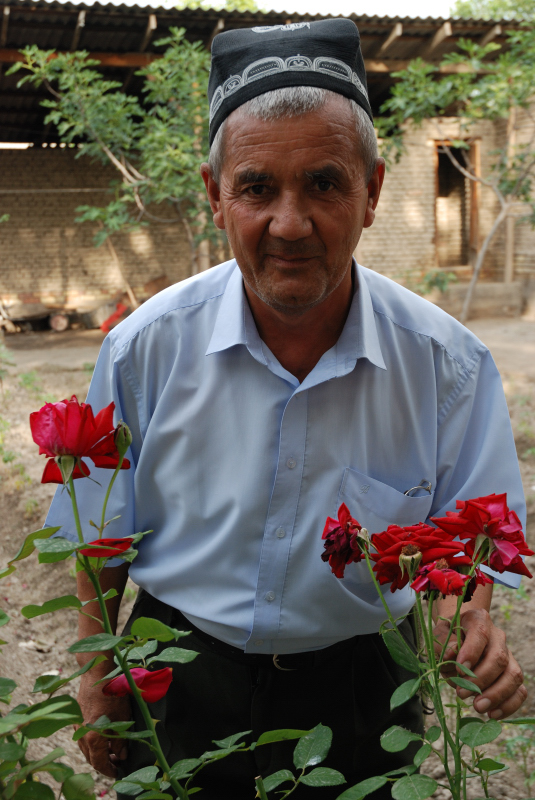

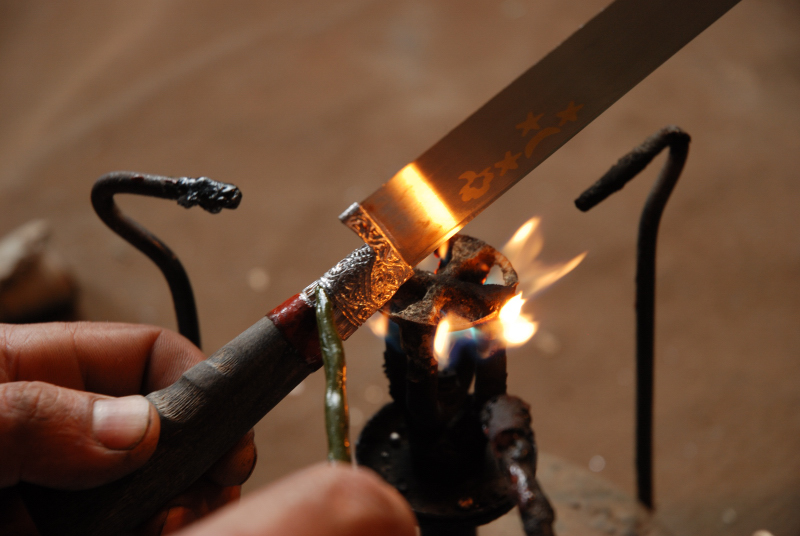
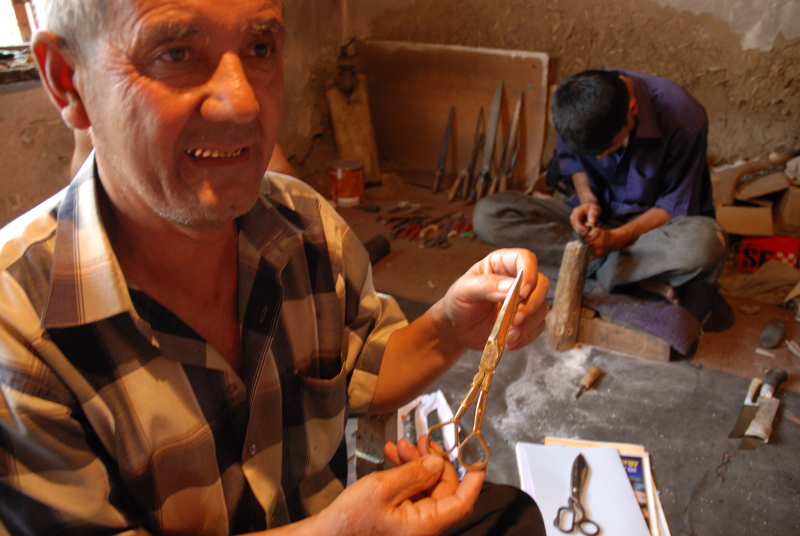


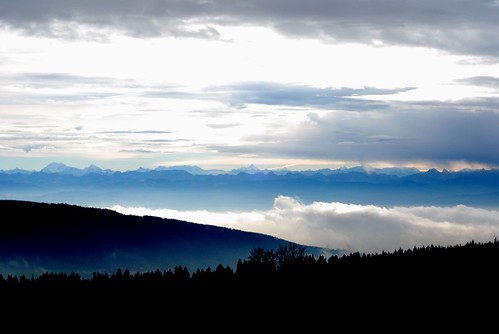

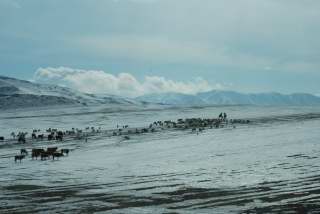
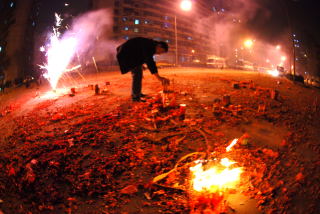
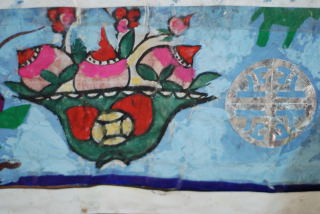

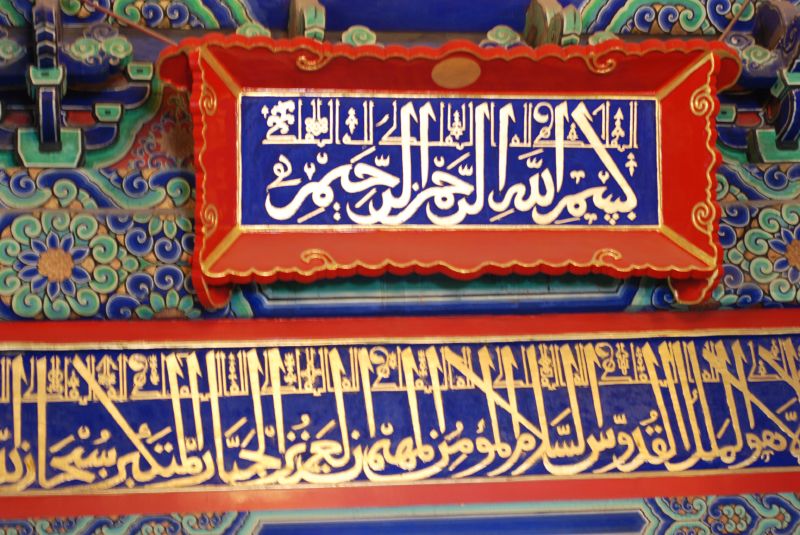
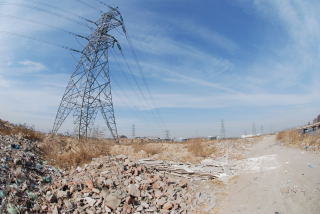
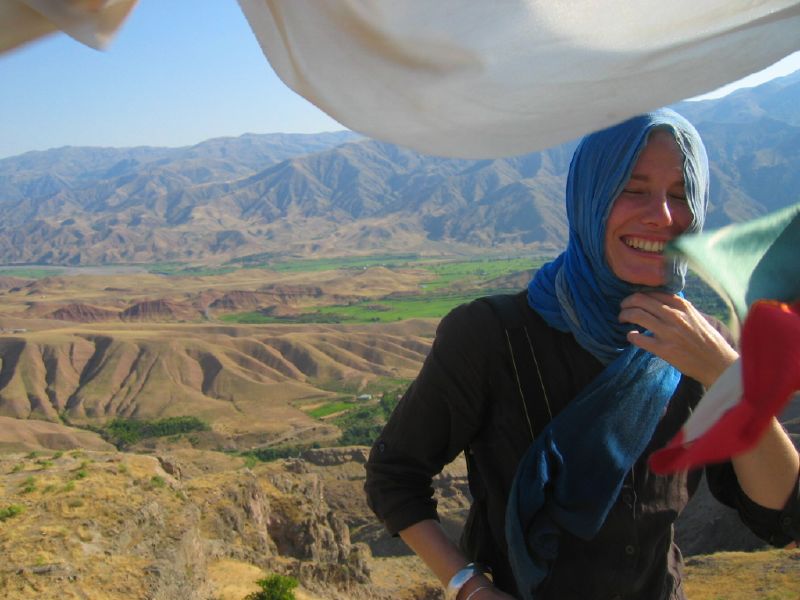
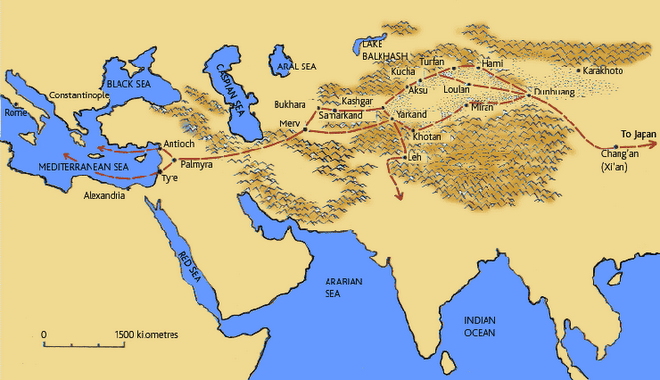
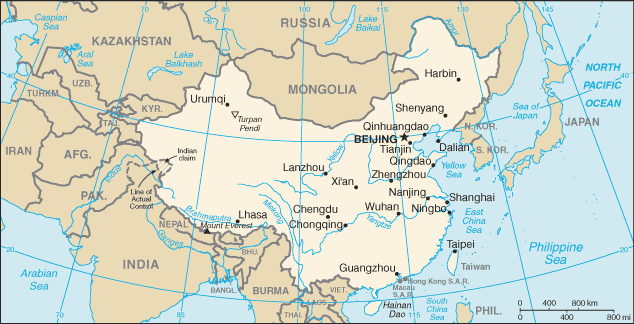
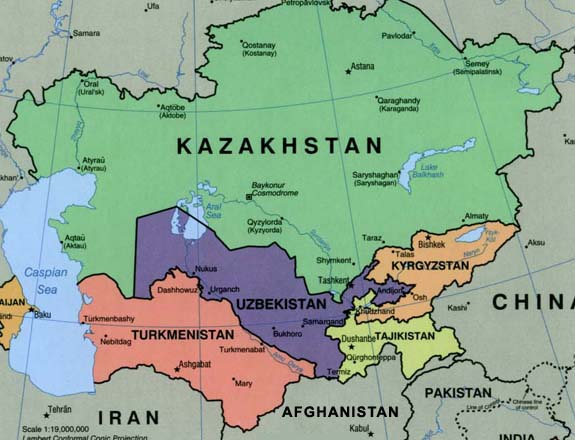
1 comment:
Hi Anne,
I was just looking through your blog and its truly inspiring. I would love to get your email to converse more about your experiences because I am doing similar work. I currently am trying to connect with Aid to Artisans, seeing I am a designer who is interested in working with marginalized communities. I also have a small business where I work with an cooperative of artisans in Peru. I hope to hear back from you. My long term goal is to create a photography book as a way to educate the public on artisan communities around the world.
Hope all is well,
annie O.
www.annieoboutique.com
Post a Comment